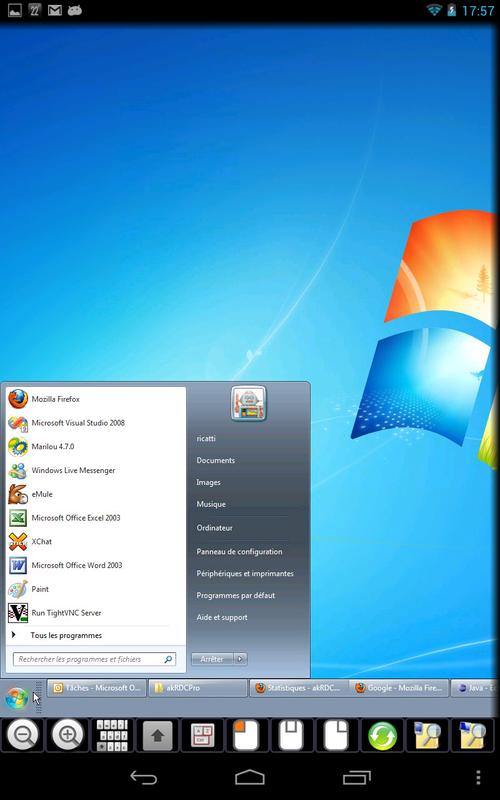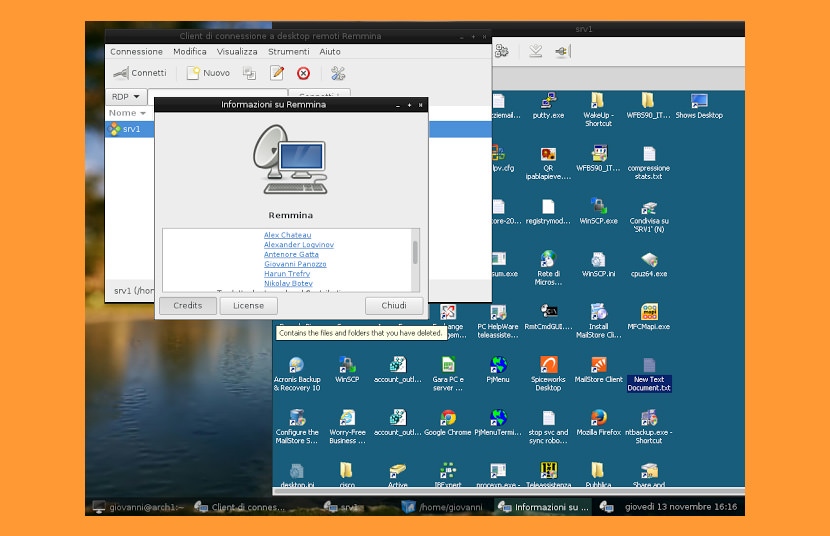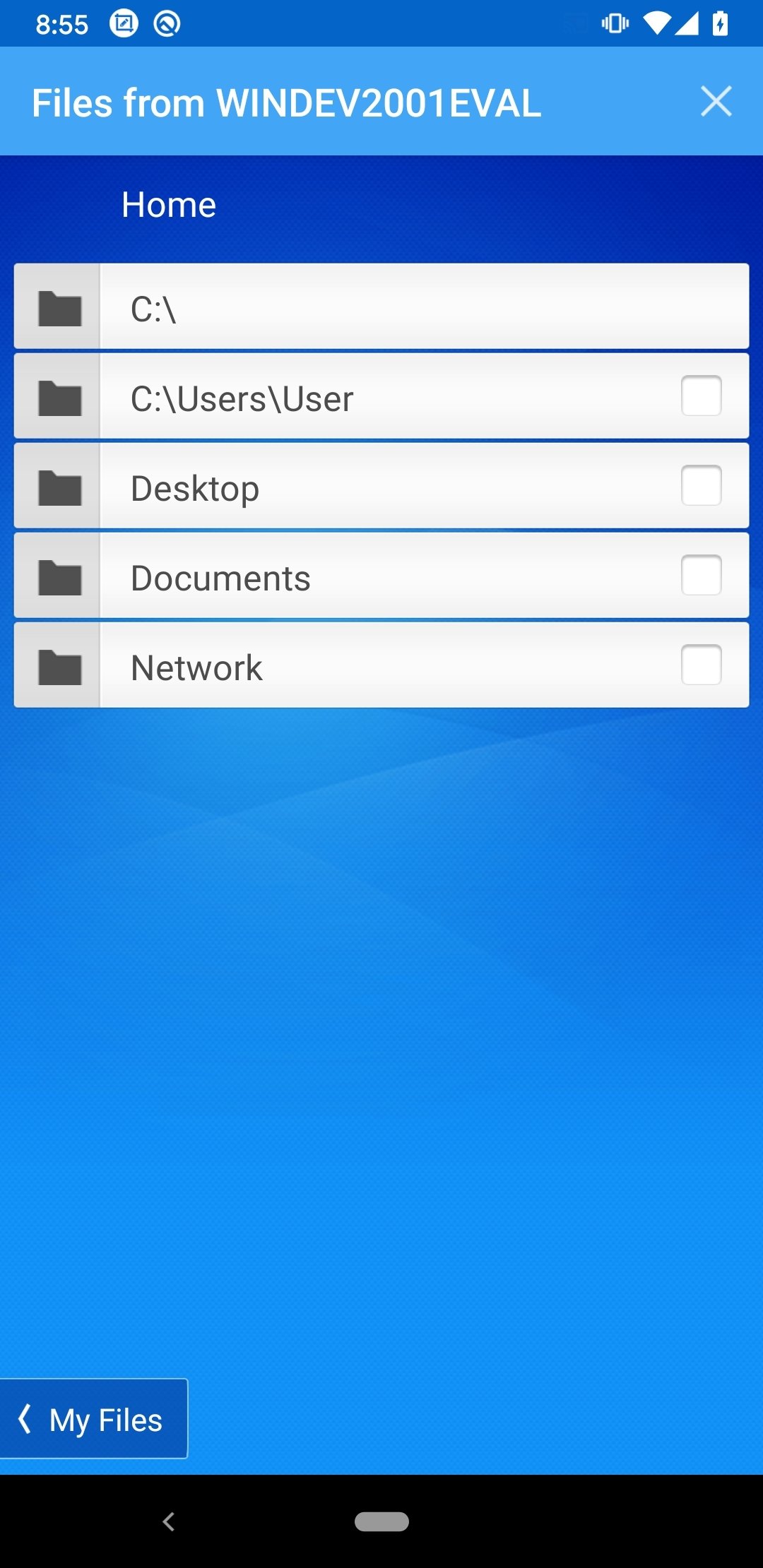
- #Vnc viewer for mac compatible with ubuntu how to#
- #Vnc viewer for mac compatible with ubuntu install#
- #Vnc viewer for mac compatible with ubuntu software#
- #Vnc viewer for mac compatible with ubuntu code#
#Vnc viewer for mac compatible with ubuntu software#
“Raspberry Pi Host” means the Raspberry Pi computer on which the Software is run.

#Vnc viewer for mac compatible with ubuntu code#
“License Key” means a code obtained from RealVNC which enables the Software to be used. These 10 files above need to be copied to /usr/lib. This is how I got it working after losing hours searching the Internet for several consecutive problems I got.ĭownload the next 10 files from.
#Vnc viewer for mac compatible with ubuntu how to#
I'm using Ubuntu 20.10 on my Raspberry and need to use RealVNC to remotely access the system, as I don't know how to use SSH and I'm not interested in learning. RealVNC only provides a 32bit app for Raspberry Pi OS (32bit) and not a 64bit native application, at least for now. Steps for video description copied below - Credits jorgemtds

MATE seems to want to aggressively maintain the new resolution once it is set, and this can cause an infinite desktop resize loop if using the TurboVNC Viewer with automatic desktop resizing enabled, and if attempting to set the server's resolution to a size larger than the viewer can display.Įdit ~/.config/monitors.Excellent video explanation by jorgemtds on how to set up RealVNC Server on UBUNTU 20.10 (ARM64) on Raspberry Pi 4 (8GB). Remove the file under ~/.kde/share/apps/kscreen/ that corresponds to the TurboVNC outputĪlways.

~/.kde/share/apps/kscreen/ (grep for "TurboVNC") ~/.kde/share/config/krandrrc, in a section named Įdit ~/.kde/share/config/krandrrc, removing the TurboVNC section Only when krandrtray is configured to run at login or when the Display applet is relaunched. ~/.config/monitors.xml, in a configuration node containing Įdit ~/.config/monitors.xml, removing the TurboVNC configuration node GNOME 2.28.x seems to want to aggressively maintain the new resolution once it is set, and this can cause an infinite desktop resize loop if using the TurboVNC Viewer with automatic desktop resizing enabled, and if attempting to set the server's resolution to a size larger than the viewer can display. Uncheck "Apply settings on KDE startup" in the Display applet, and click "Apply"Īlways. When "Apply settings on KDE startup" is checked in the "Display" applet prior to clicking "Apply" Gconftool-2 -u /desktop/gnome/screen/default/0/resolution GConf /desktop/gnome/screen/default/0/resolution It is generally recommended that a 2D window manager, such as MATE or Xfce, be used with TurboVNC, but you can also improve the performance of 3D window managers by running them using VirtualGL (VirtualGL 2.4 or later required.) To enable this feature, pass an argument of -vgl to /opt/TurboVNC/bin/vncserver. The TurboVNC Server includes a software OpenGL implementation that can be used to run these window managers, but the performance will not be stellar. Some recent window managers (GNOME 3 and Unity, in particular) require OpenGL in order to run, and other window managers may optionally require OpenGL in order to enable desktop effects. See complete list of known Unity 7.4 issues and workarounds here
#Vnc viewer for mac compatible with ubuntu install#
Use sudo apt-get install ubuntu-mate-desktop to install the complete Ubuntu MATE desktop environment. NOTE: This installs the basic window manager. > sudo apt-get install ubuntu-mate-desktop > sudo apt-get install ubuntu-mate-core ubuntu-mate-desktop > sudo apt-add-repository ppa:ubuntu-mate-dev/precise-mate > sudo apt-add-repository ppa:ubuntu-mate-dev/ppa SuSE Linux Enterprise 15 (and equivalents) This is not necessary in order to run the window manager itself, but it may be necessary in order to work around issues with certain applications. May need to add -extension Composite to the vncserver command line to disable the Composite extension. Red Hat Enterprise Linux 8 (and equivalents) Red Hat Enterprise Linux 7 (and equivalents) Red Hat Enterprise Linux 6 (and equivalents) GLX extension not enabled (Mesa package provided by the O/S is too old) Red Hat Enterprise Linux 5 (and equivalents) OpenGL does not work, for unknown reasons > sudo dnf group install mate-desktop-environment See complete list of known GNOME 3 issues and workarounds here

Run the window manager using VirtualGL to improve performance


 0 kommentar(er)
0 kommentar(er)
